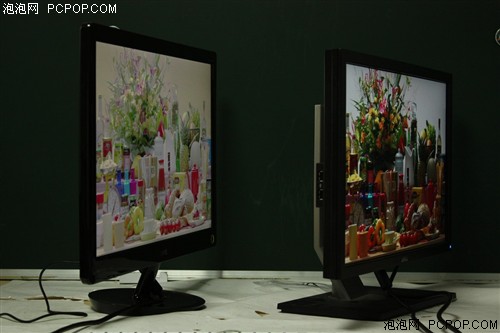RandomDude77
n00b
- Joined
- Mar 5, 2010
- Messages
- 28
Does it exist?
EDIT 2: What I'm referring to is the kind of shifting as seen here: http://hardforum.com/showpost.php?p=1034342905&postcount=18
I was strongly considering either buying the Eizo EV2333 or waiting for the FS2331, but I had read about the gamma shift issues of VA-
based LCDs and of Eizo in particular, and the user Whoisthisreally on here confirmed that the EV2333 indeed has gamma shift issues.
That really sucks.
Then, what about the new BenQ MVA displays with (w)LEDs? Would the LEDs prevent the gamma shift issue?
And on that subject, what causes the shift to begin with - is it the inherent nature of VA panels to have gamma shift or is it
the backlight coupled together with the VA panel that causes it? (if so, then perhaps a LED+VA display would have no shift?)
What about the Samsung F2380? It's a C-PVA panel. Has it any reported gamma shift?
EDIT: I just read on the PRAD review that it does have gamma shift.
The reason I'm not considering IPS at all is because of the horrible white glow issues (that are as strongly noticeable as the color shift of a TN panel)
and the poor black levels and weak colors (mostly based on my experience with the Dell 2209WA, but I've seen it on other IPS displays as well).
The price range I'm looking at is approx $340 to $680 (USD), size must be no larger than 24"... preferably 23".
Last edited:
![[H]ard|Forum](/styles/hardforum/xenforo/logo_dark.png)

